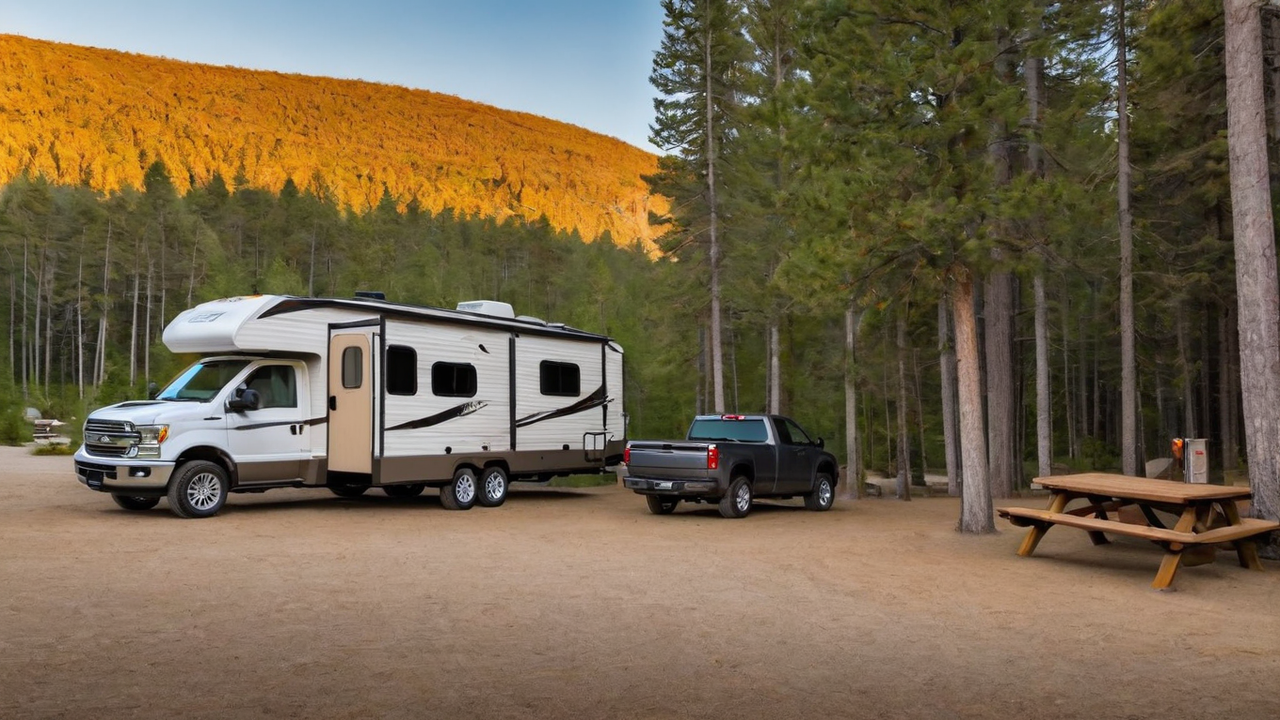Improving Site Choice with GIS Integration in Campsite Management Software
Improving Site Choice with GIS Integration in Campsite Management Software
Blog Article

Leveraging GIS for Improved Campsite Layouts
Integrating GIS into campground management systems transforms the way campsites are designed and operated. By utilizing precise geographical data, managers can enhance the layout for better accessibility and guest satisfaction. This combination enables for the design of detailed site maps that incorporate natural landscapes, maximizing the use of space while preserving the natural surroundings.
The ability to see and adjust the campground layout in real-time offers a significant benefit in planning and development. Precise GIS data assists in locating ideal locations for amenities, ensuring they are both accessible and environmentally sustainable. This method not only improves guest contentment but also contributes to a lower environmental footprint.
Simplifying Reservation Systems with Geographic Information Systems
By integrating GIS into campground reservation systems, operators offer a more interactive booking process for campers. Guests can select their preferred spots based on actual geographical data, including proximity to amenities and picturesque views. This level of detail in site choice significantly improves planning and contentment for guests.
Furthermore, this technology reduces the likelihood of overbooking and clashes between reservations. Accurate GIS data ensures that each site is correctly charted, with clear boundaries, thus facilitating a smoother reservation process. This effectiveness not only reduces time for campground managers but also boosts the overall customer satisfaction.
Enhancing Safety and Crisis Management with GIS
Incorporating GIS into campground management solutions greatly enhances safety and emergency response. Detailed site maps permit for precise placement of emergency facilities like fire stations, first aid points, and evacuation routes. This availability to vital information can significantly speed up response times in critical situations, potentially preserving lives.
Moreover, GIS data can be used to spot areas prone to natural hazards such as flooding or wildfires, enabling for the creation of proactive safety plans. Through this technology, campground managers can put in place precautionary measures and inform campers of possible risks, thus guaranteeing a safer camping experience for everyone.
Optimizing Resource Distribution With GIS
GIS technology enables campground managers to efficiently allocate amenities across the area. By analyzing geographical data, managers are able to determine the most strategic placements for amenities such as restrooms, picnic areas, and recreational areas. This ensures that all campers have convenient access to amenities, improving their total experience.
Additionally, GIS can help in managing the usage of environmental assets, encouraging sustainable management within the campground. Through precise mapping, campgrounds can avoid overuse of vulnerable areas, aiding in conservation efforts and protecting the natural appeal and integrity of the environment.
Boosting Guest Satisfaction with Interactive GIS Tools
Interactive GIS maps boost visitor engagement by providing an immersive experience of the campground before arrival. Campers can tour different areas, see photos, and learn about nearby attractions directly through the campground’s website. This pre-visit interaction begins the guest experience on a high note, raising anticipation and satisfaction.
Moreover, these interactive tools can serve as a guide during the stay, offering up-to-date information on weather conditions, scheduled events, and available facilities. Such connectivity ensures that campers remain informed and can fully enjoy their outdoor experience.
Advancing Eco-friendly Conservation with GIS
GIS integration in campground management systems plays a crucial role in advancing eco-friendly sustainability. Accurate mapping allows for careful planning and management of natural resources, minimizing human impact on the environment. This tools facilitate to monitor and manage wildlife habitats, lakes, and plant life, ensuring their preservation for future generations.
Moreover, by utilizing environmental GIS data, campsites can determine regions ideal for solar panels installations or other eco-friendly projects. Such strategy not only boosts the campground’s sustainability but also reduces operational costs, demonstrating a commitment to protecting the natural world.
Integrating Local Insights into Campground Development with GIS
GIS technology empower campground managers to incorporate local insights into campground development. By collaborating with community residents, operators can acquire a deeper understanding of the area and its historical importance. Such partnership guarantees that campsites are planned with respect for community values and heritage, enriching the visitor experience.
Moreover, this integration helps in identifying unique opportunities for campground activities and attractions that showcase the local culture and natural beauty. Incorporating community insights into the planning process doesn’t just improve the genuineness of the campground but also strengthens relationships with the surrounding community, creating a positive impact for all parties.
Adjusting to Evolving Visitor Needs with Adaptive GIS Data
The landscape of outdoor recreation is constantly changing, with visitor demands getting more complex. Utilizing dynamic GIS data allows campground managers to quickly adapt to these shifts by updating amenities and services to meet current needs. This flexibility ensures that campgrounds remain attractive and relevant in a rapidly changing market.
Additionally, the capability to collect and analyze guest feedback through GIS-based applications means campsite operators can constantly refine their offerings. Tailoring the camping experience to meet individual preferences not only boosts visitor contentment but also encourages loyalty, driving the success of the campground in the long term.
campground management software free Report this page